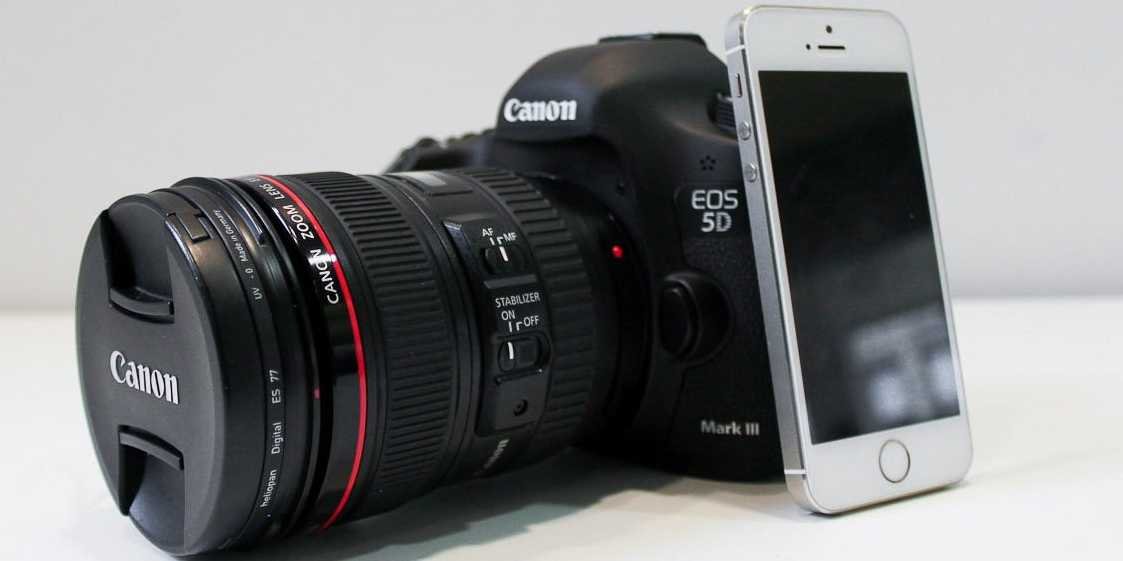11,523. The number of photos on the camera roll of my phone. What’s that number on your phone? How many of them are near-identical, just taken to ensure the perfect shot? Today we are carefree with photography, not just on our phones but even with our cameras. We take hundreds without a second thought and although this allows us more freedom with photography, it also leads me to pose the question: has photography lost sentimentality?
The first known photograph was taken in the mid 1820s. It depicted the view from an upstairs window. Since then, the way we take photos has changed significantly. Today we take photos of anything and everything. A slideshow in a lecture, a cup of coffee, or even our feet (hot dogs or legs anyone?). Photography is part of our lives so much more than it used to be and is hard to escape with so many social media platforms like Snapchat and Instagram.
The rise in social media has caused a change in the purpose of photography. For example, how many times have you taken a photo purely ‘for the Insta’? Photographs have always been a way of saving memories; capturing a moment in time. Now, however, it seems we often just take photos to show a rose-tinted version of our lives to our friends and followers. In fact, many of us are guilty of feeling disappointed if we don’t hit a certain number of likes. This mentality takes away from the creative and sentimental art of photography, instead focusing on validation from others.
‘I have my eyes closed.’ ‘My hair is falling in front of my face.’ ‘That makes me look fat.’ ‘I have five double chins!’ Have you ever said any of these? Digital photography could be described as the era of self-critique. Do you remember when you were younger and your mum gave you a disposable camera to take on a school trip? You would twist the dial, point and shoot. The outcome of the photos was a total mystery until they were developed and so, it was a complete lottery as to whether your five double chins came out on camera. Either way, the thought of wasting yet another one of your precious 27 photos seemed almost foolish and so it didn’t seem to worry you too much. You would place these photos in an album and put it on a shelf, along with other photo albums dating back to the 90s.
For some people, having a hundred photo albums on a shelf, covered in dust and cobwebs, is even less sentimental than having thousands of photos on a phone. At least photos on a phone are accessible and can be shown to friends or family at anytime and anywhere. Having said that, you can often find yourself spending more time looking for that photo of that amazing latte art you had on your trip to Italy in July 2015 in your extensive camera roll than you do actually talking about it.
So, what is the answer to reviving the sentimentality of photos? Polaroid cameras appear to have made a comeback in the last few years. Some people might wonder why anyone would take a step back in time, to taking seemingly worse quality photos. However, perhaps Polaroids provide that sense of sentimentality that people subconsciously crave. When a polaroid is taken, it prints immediately and is completely unique; it can’t be reprinted or shared digitally via airdrop or email. Also, polaroid pictures are generally taken more sparingly, so as not to waste them and, by extension, not to waste money as they are definitely not the cheapest form of photography. This means that the photographer is more selective about his or her subject, giving the photo more thought and thus making it seem more sentimental and special.
In a world of digital photography and thousands of photos circulating social media daily, it is difficult to keep a sense of sentimentality in photography. With the wide variety of phones, cameras and equipment available, it is easy to see why we take so many photos. Parents can take hundreds of photos of their baby taking their first steps and travellers can have thousands of photos without having to carry a heavy camera. Despite this, we are still able to select those particularly special ones we want to post on Instagram and share on Facebook. Perhaps, in a digital era, it is actions like this which keep sentimentality alive.
Photography will continue to develop and evolve as it has been doing since 1826. Although it might be hard to strike a balance between the sentimentality and quantity of photos, it looks like, for now at least, our love affair with digital photography is not yet over.
Emma Prentice
Image: Business Insider

